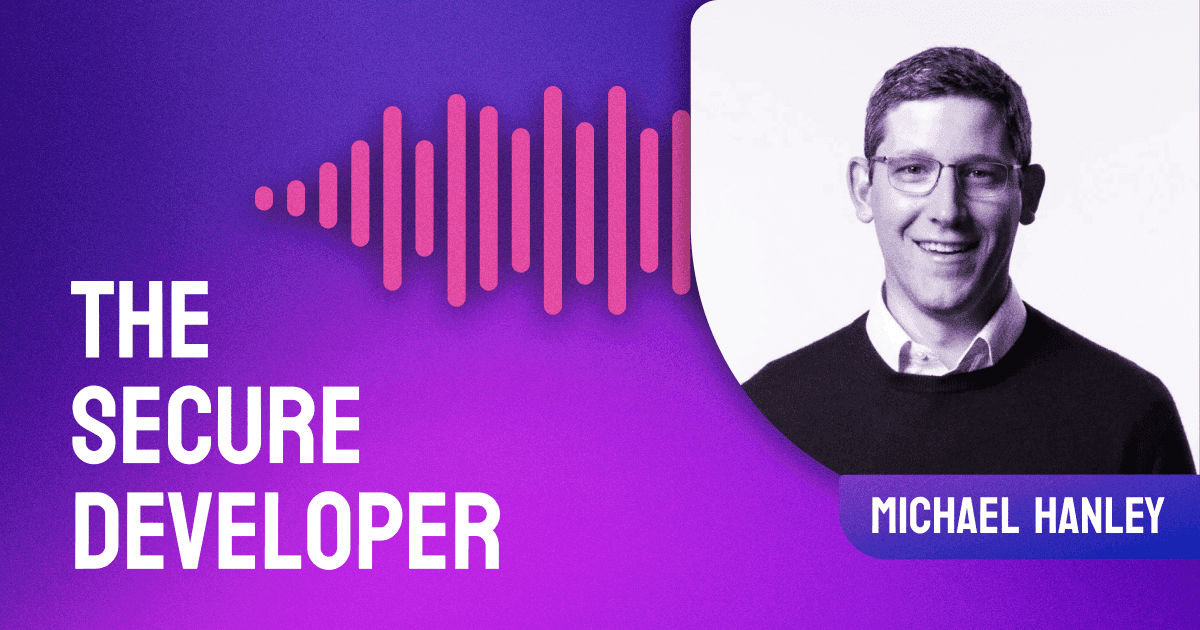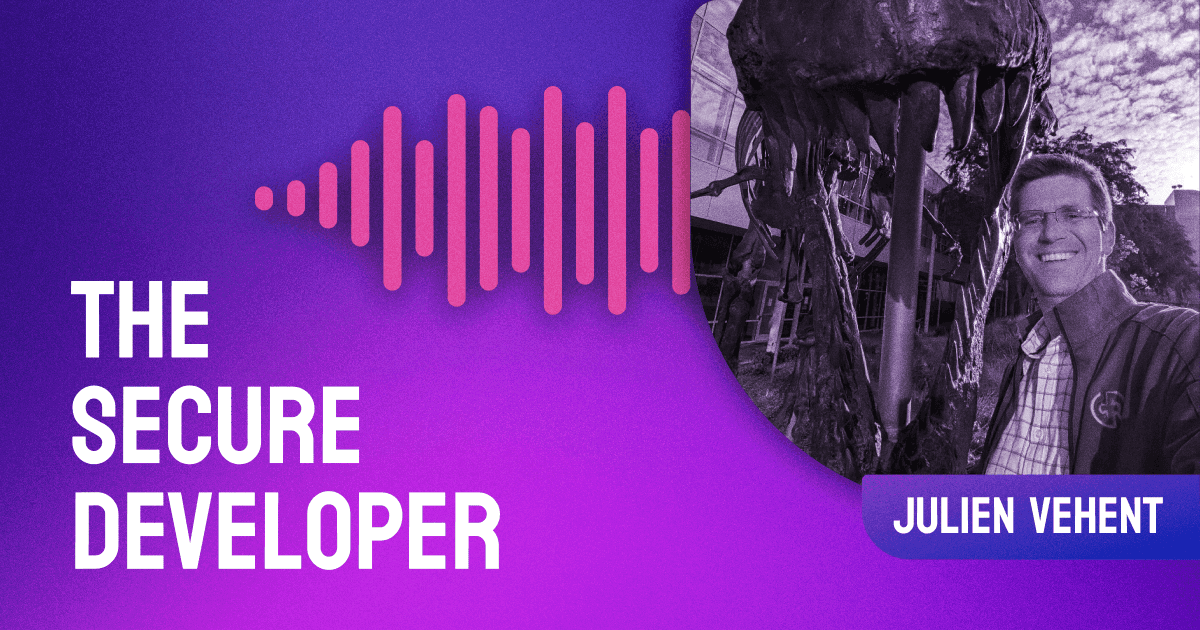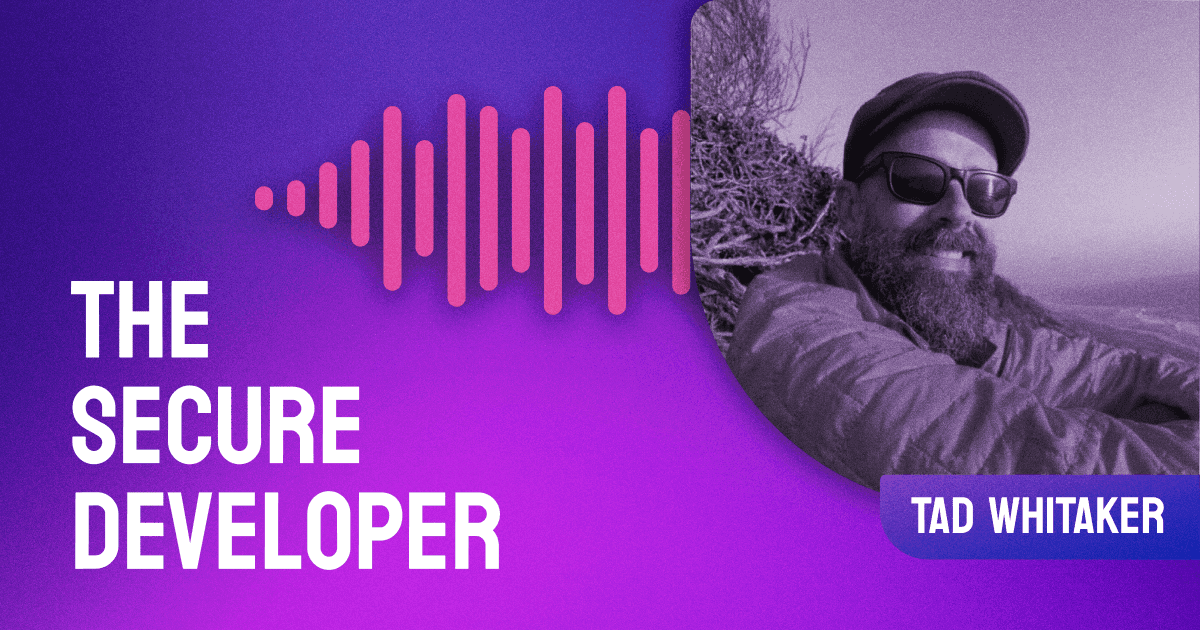In episode 44 of The Secure Developer, Guy Podjarny sits down with guest host Simon Maple of Snyk to reflect back on the numerous guests he’s had on the show throughout 2019, and the many security lessons and insights shared along the way.
The post Ep. #44, Year in Review with Guy Podjarny appeared first on Heavybit.





